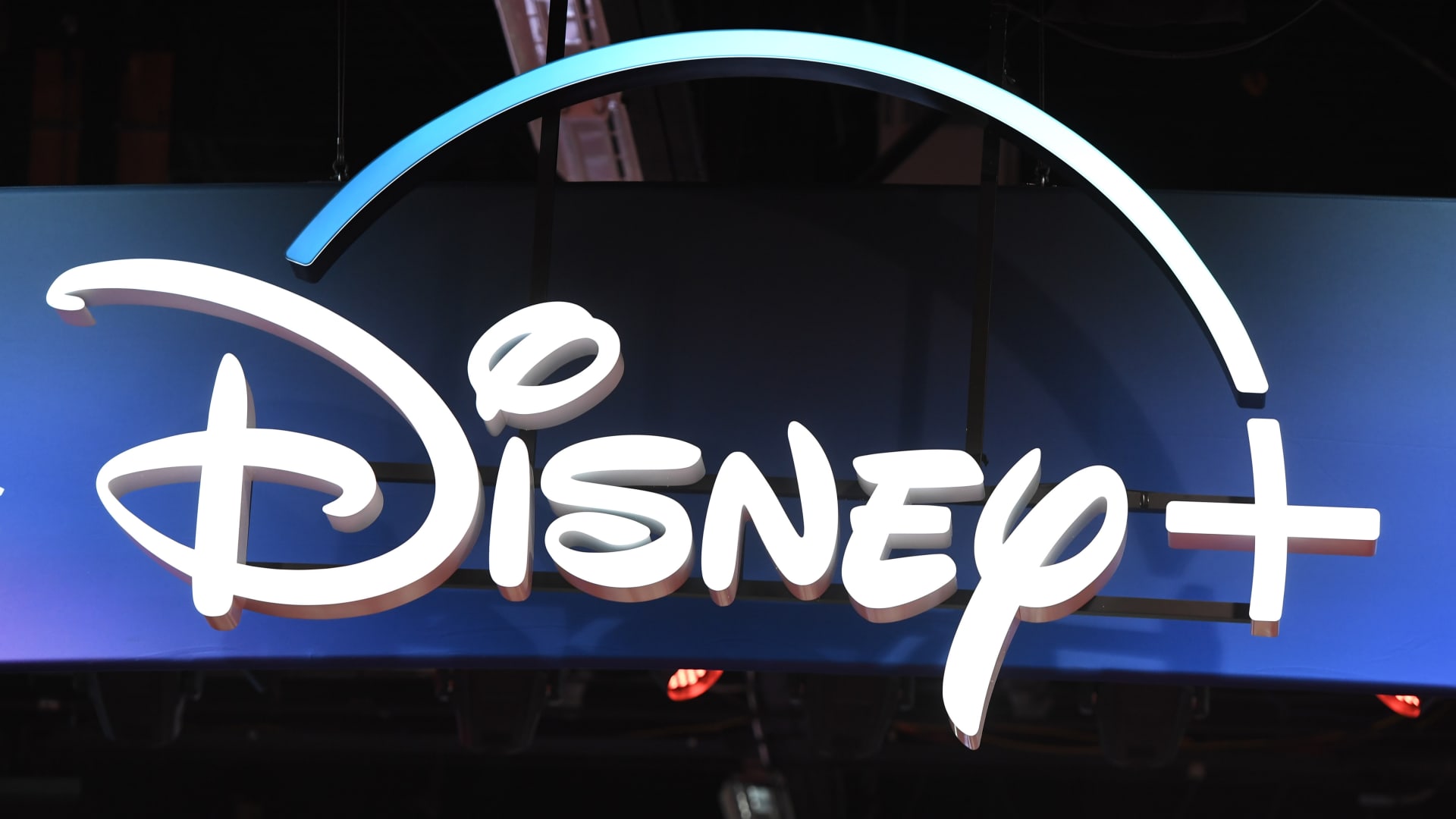I’m calling it. The Streaming Wars are over. 2019-2023. RIP.
The race between the biggest media and entertainment companies to add streaming subscribers, knowing consumers will only pay for a limited number of them, is finished. Sure, the participants are still running. They’re just not trying to win anymore.
related investing news
Disney announced its flagship streaming service, Disney+, lost 4 million subscribers during the first three months of the year, dropping the company’s total streaming subscribers to 157.8 million from 161.8 million. Disney lost 4.6 million customers for its streaming service in India, Disney+ Hotstar. In the U.S. and Canada, Disney+ lost 600,000 subscribers.
It’s become clear the biggest media and entertainment companies are operating in a world where significant streaming subscriber growth simply isn’t there anymore – and they’re content not to chase it hard. Netflix added 1.75 million subscribers in its first quarter, pushing its global total to 232.5 million. Warner Bros. Discovery added 1.6 million to land at 97.6 million.
The current big media narrative is all about getting streaming to profitability. Warner Bros. Discovery announced last week its U.S. direct-to-consumer business turned a profit of $50 million in the quarter and will remain profitable this year. Netflix’s streaming business turned profitable during the pandemic. Disney on Wednesday announced streaming losses narrowed to $659 million from $887 million.
Read more: Iger praises rival Universal’s ‘Super Mario Bros. Movie’
Netflix has curbed its content spending growth, and Warner Bros. Discovery and Disney have both announced thousands of job eliminations and billions of dollars in content spending cuts in recent months. Disney will “produce lower volumes of content” moving forward, Chief Financial Officer Christine McCarthy said during Wednesday’s earnings conference call, though Chief Executive Bob Iger noted he didn’t think it would have an impact on global subscriber growth.
There’s still some growth among the smaller players. NBCUniversal’s Peacock gained 2 million subscribers last quarter, giving it 22 million subscribers. Paramount Global added 4.1 million subscribers in the quarter, putting it at 60 million subscribers.
But the key question isn’t looking at the growth numbers as much as it’s about the investor reaction to the growth numbers. Paramount Global fell 28% in a day last week after the company announced it was cutting its dividend from 25 cents a share to 5 cents a share to save cash.
Disney+ Hotstar subscribers brought in a paltry 59 cents per month of revenue last quarter, down from 74 cents last quarter. It appears Disney is OK with losing these low-paying customers. Disney gave up its Indian Premier League cricket streaming rights last year. Those rights were acquired for $2.6 billion by Paramount Global.
Disney also announced it’s raising the price of its ad-free Disney+ service later this year. Disney’s average revenue per user for U.S. and Canadian subscribers rose 20% in the most recent quarter after yet another price increase was announced last year. Big price hikes typically aren’t the strategy executives use if the priority is adding subscribers.
What’s next?
Raising prices and cutting costs isn’t a great growth strategy. Streaming was a growth strategy. Maybe it will come back a bit with cheaper advertising tiers and Netflix’s impending password sharing crackdown.
But it’s highly unlikely growth will ever return to the levels seen during the pandemic and the early years of mass streaming.
That probably means the media and entertainment indudstry will need a new growth story soon.
The most obvious candidate is gaming. Netflix has started a fledgling video game service. Comcast considered buying EA last year, as first reported by Puck. Microsoft’s deal for Activision is now in jeopardy after UK regulators blocked the transaction. If that acquisition fails, Activision could immediately be a target for legacy media companies as they look for a more exciting story to tell investors.
While Disney shut down its metaverse division as part of its recent cost cuts, marrying its intellectual property with gaming seems like an obvious match. One can easily envision the growth potential of Disney buying something like Epic Games, which owns Fortnite, and building its version of an interactive universe through gaming.
More consolidation will happen – eventually – among legacy media companies. But one major gaming acquisition could start a run in the industry.
Perhaps The Gaming Wars is the next chapter.





